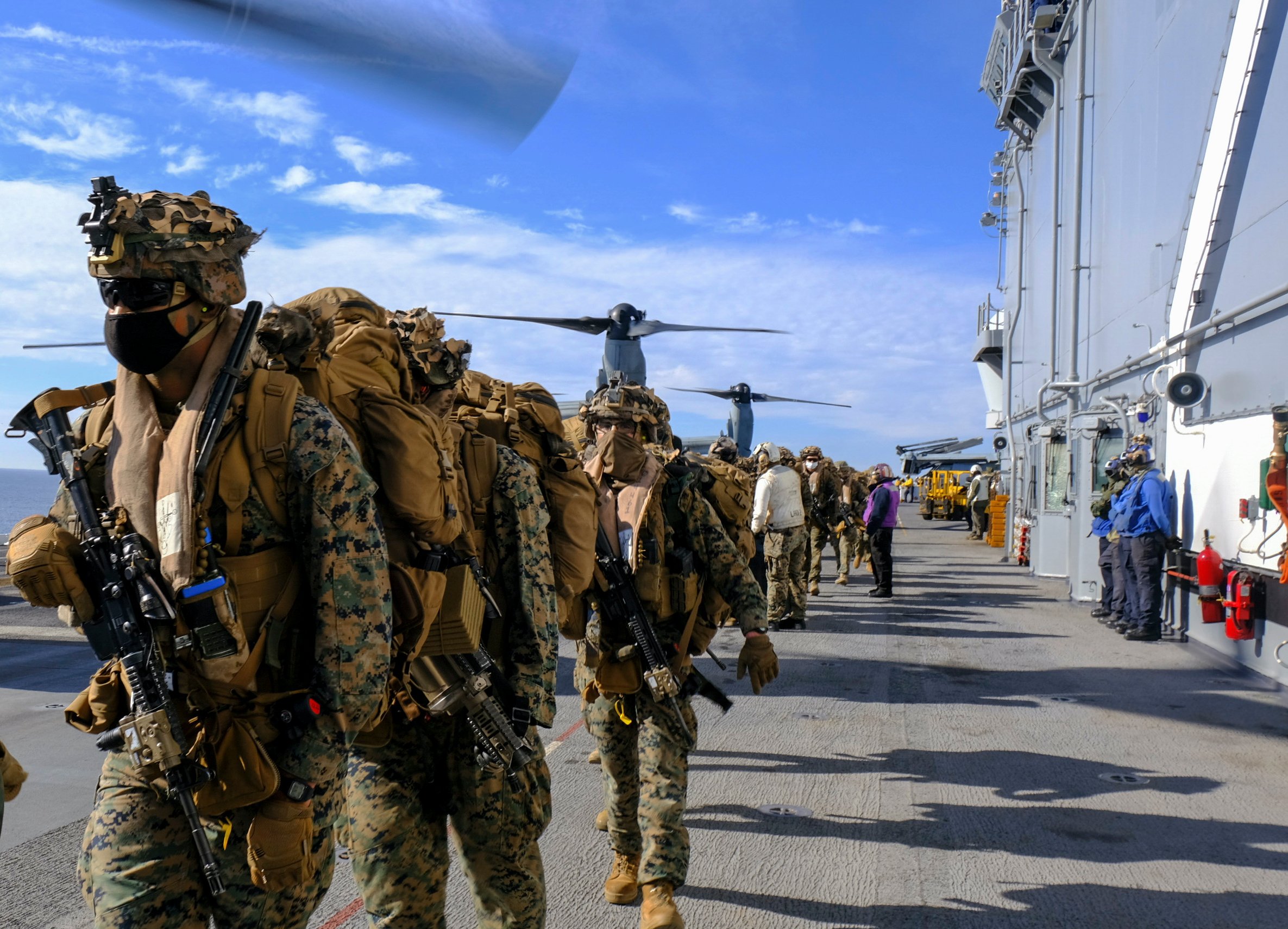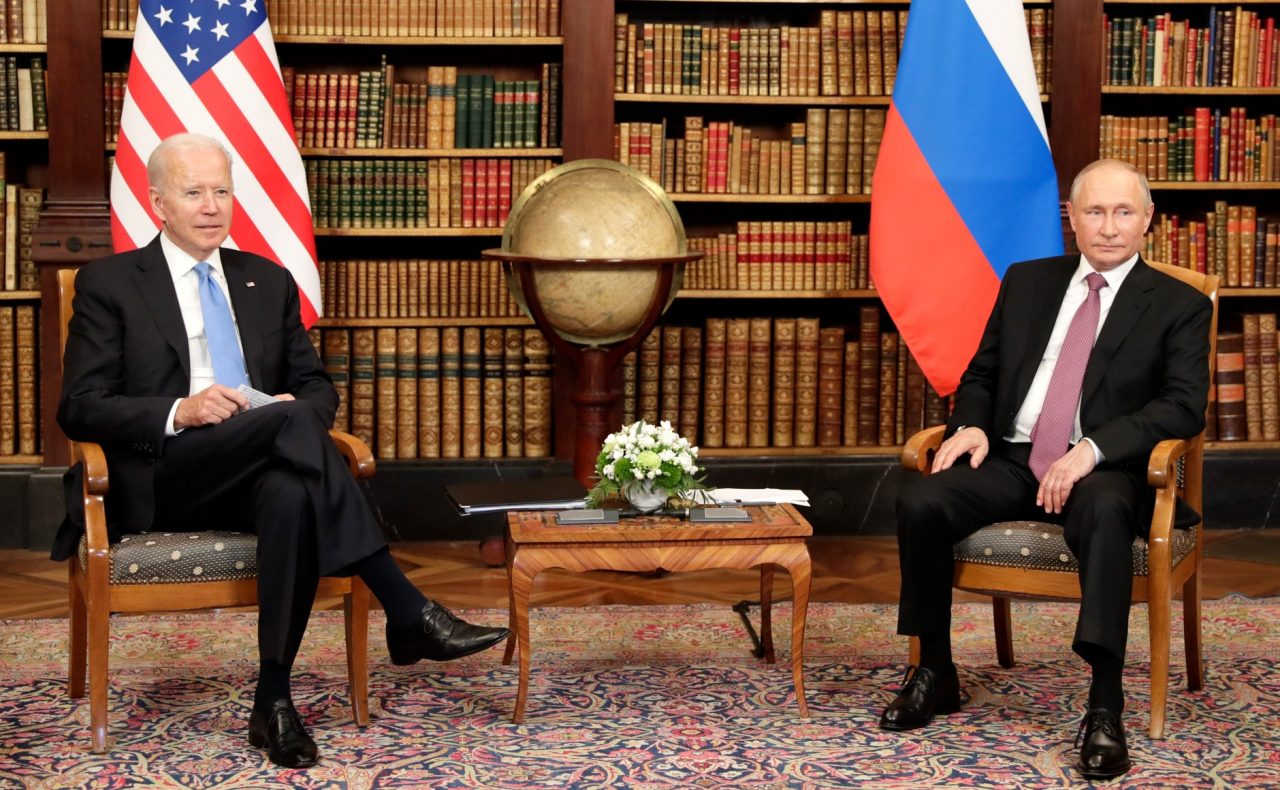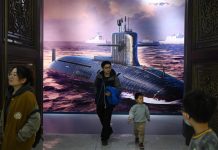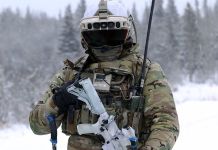The United States Marine Corps’ (USMC) Marine Expeditionary Unit (MEU) and Amphibious Ready Group (ARG) could not be deployed to Europe for a month after Russia began its Special Military Operation since the amphibious ships were not ready.
USMC Assistant Commandant General Eric Smith made the admission in a talk at the Center for Strategic and International Studies (CSIS) in July.
The Marine Expeditionary Unit was ready to be deployed early upon a request by the European Command, but the ships were not.
“The readiness of our vessels is a challenge,” Smith said. US European Command chief Gen Tod Wolters asked the 22nd Marine Expeditionary Unit and the Kearsarge Amphibious Ready Group to deploy as a standby if the war in Ukraine escalated.

However, landing helicopter dock USS Kearsarge (LHD-3) and amphibious transport dock ship USS Arlington (LPD-24) deployed with the 22nd MEU embarked on March 16, nearly a month after Russia began its military intervention in Ukraine.
USS Gunston Hall (LSD-44), the third ship in the ARG, left Joint Base Little Creek-Fort Story, Virginia, on March 28 to deploy with the ARG.
‘Wicked Logistics Problems’
Smith had previously admitted in another Stimson Center webinar in June about the USMC’s and the US Navy’s “wicked” logistics problems, which are a “pacing challenge” and a “dirty secret” no one wanted to discuss as was reported by EurAsian Times.
“Logistics is the pacing challenge. We don’t have the logistics capability to work what we have now. We cannot rely on big, heavy platforms to be loaded on a strategic lift on 30 days’ notice while we waddle our way in to support. Force Design 2030 makes the problem less since it relies on lighter, mobile, smaller forces,” Smith said.
Solidifying mutual defense treaties with allies like Japan and South Korea is one way to preposition forces on islands controlled by them, for instance, the Ryukyus with basing agreements.
Philippine-controlled islands in the Scarborough Shoal are another area where the US establishes its forces as a part of the Visiting Forces Agreement (VFA).

But prepositioning other infrastructure is different, and basing “lethality” like Naval Strike Missiles and Tomahawks – to be fired from the ground as part of the USMC’s Ground-Based Anti-Ship Missile (GBASM) program – is the challenge that the Corps in-house capability cannot yet meet.
Neither can it depend on the Military Sealift Command, which cannot bring non-warship logistics vessels inside the enemy’s weapons engagement zone.
Smith, therefore, raised the need for 31 traditional amphibious ships exclusively for the USMC (10 big decks and 21 Landing Platform Docks), an additional squadron of KC-130J planes, and an “appropriate” amount of CH-53K Super Stallion helicopters and MV-22s ‘Osprey’ tilt rotorcraft.
A platform Smith and his boss, USMC Commandant General David Berger, are pinning their hopes on is the Light Amphibious Warship (LAW) – of which 35 are needed – to meet its transporting and logistics needs.
But the LAW is being rejected for being slow and detectable to Chinese surveillance and reconnaissance, besides taking one to two weeks to travel from Hawaii to the first island chain.
Smith counters the criticism saying it then makes redundant every other weapons platform, from a tank, an aircraft carrier to a jet, since each could be taken down.
With tensions over Taiwan reignited again as the US promised to defend it and China declared the Taiwan Straits as its territorial waters, Washington seems to be still in a planning and experimentative stage, far from being ready for a full-blown war.
Force Design 2030 & Expeditionary Advanced Base of Operations
EurAsian Times had reported how the FD-2030 envisages small, mobile US Marine Corps units spread out across the first island chain and on islands controlled by friendly nations in the East and South China Seas to undertake ‘long range fires’ on Chinese military and air assets.
Facing an admitted disadvantage before its DF-21D and DF-23 missiles that keep large US combatants like aircraft carriers and other surface combatants from getting close, FD-2030 also aims to fit in with the US Navy’s Distributed Maritime Operations (DMO).
US Navy’s DMO requires a more extensive 500-ship fleet with smaller semi-autonomous/unmanned vessels and an expanded logistics force. It cuts large carriers and big surface combatants while taking routine loads off them to spread out, get close, and hit China inside the A2/AD bubble.
- The author can be reached at satamp@gmail.com
- Follow EurAsian Times on Google News




